

deep insights, facts & figures

Ace Hardware, a dealer-owned organisation and hardware wholesaler, has significantly broadened the scope of its activities. Not only does it operate now in the home market of the United States, but it also provides modern merchandising techniques in some 60 other countries
For nearly half a century now, Ace Hardware, a dealer-owned firm and the world’s largest hardware wholesaler, has been changing the face of hardware retailing in some 60 countries around the world by providing modern merchandising techniques as well as merchandise to investors and existing retailers alike. In 45 of those countries, the Ace Hardware name is proudly emblazoned on store fronts in malls, strip centres and on stand-alone buildings. Today, the company is concentrating its international expansion on developing countries, where its modern stores provide consumers and industrial customers with a sharp contrast from existing much smaller local stores with which they had previously been dealing. In fact, the typical Ace International store is considerably larger than the typical US-based Ace retailer. The average Ace store internationally is 2 500 m² in size, nearly twice as large as a great many US hardware stores. There are other differences between Ace’s international customers and the 4 000-plus US retailers who own the cooperative firm. International stores tend to have a bigger emphasis on housewares and also tend to be stronger in the lumber and building ma-terials business. The changes Ace brings to developing countries include introducing a high degree of self-service, as well as vastly improved product presentations with related-item adjacencies, better departmentalization, computerization for improved inventory control, and promotional and marketing programs to generate more business. Anywhere from 20 per cent to 70 per cent of the merchandise for these new Ace-affiliated retailers comes from Ace itself, depending on local markets and country standards in terms of voltage, plumbing and style. About two-thirds of the merchandise bought from Ace comes from its US distribution centres or is drop-shipped directly from US factories. The remaining one-third comes from offshore facilities, including China, where Ace International has 40 people on the payroll. Another 40 people are in the company’s home office international division. The company opened a warehouse in Shanghai in 2006. This currently stocks 1 500 SKUs, a number that is projected to grow to between 3 000 and 5000 SKUs in the next five years in order to better serve its international retailers. The Shanghai facility also operates as a consolidation facility for the five merchandise bulletins Ace issues annually for both its domestic and international members. Sometimes Ace members…
Related articles
Read also

 Menü
Menü



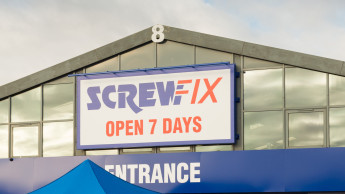
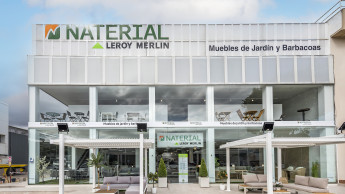
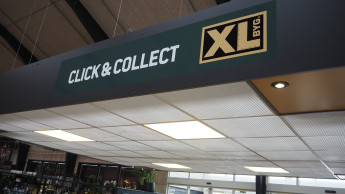




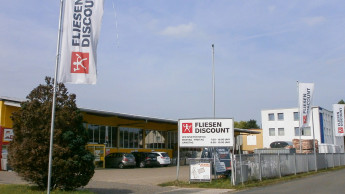
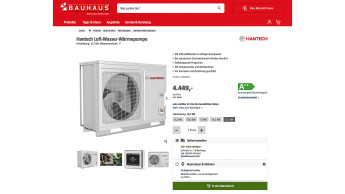
 Newsletter
Newsletter